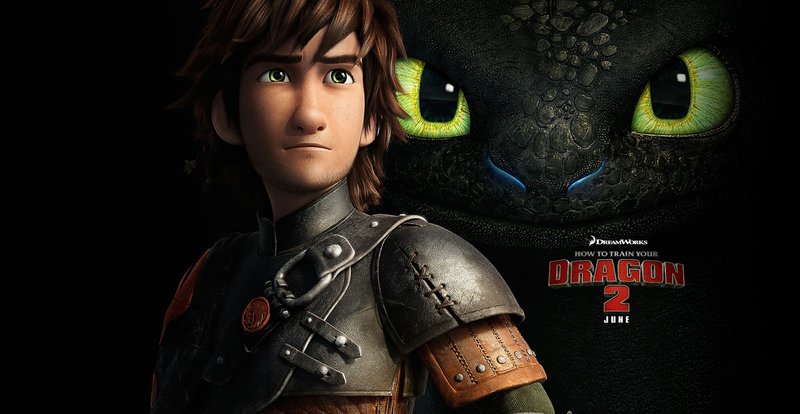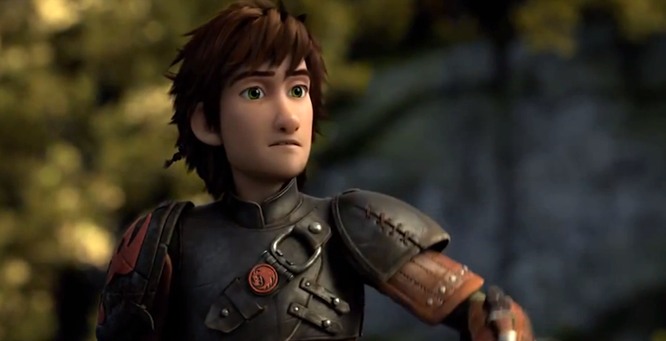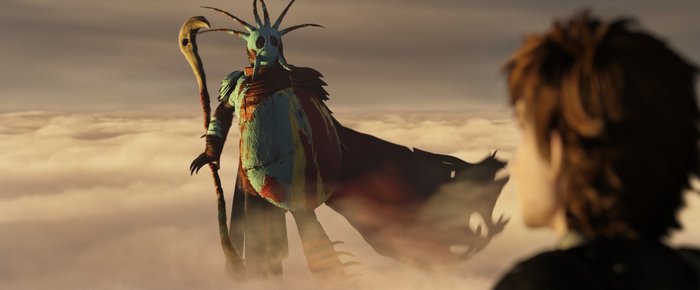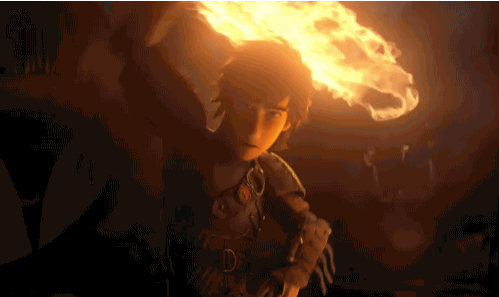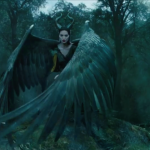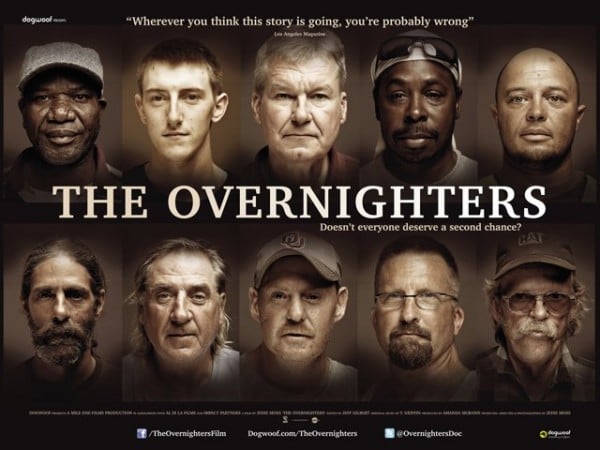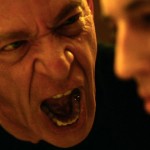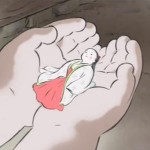There is a scene in the pilot episode of the critically acclaimed TV show Breaking Bad when Walter White describes the parallel between chemistry and life. “Chemistry,” he argues, “is the study of change…it is growth, then decay, then transformation.” While this acts as foreshadowing for Walter’s own arc in the series, and can be applied to any well-written story-arc for that matter, it is especially relevant to sequels, and more to the point, their critical success.
All too often movie sequels are shameless cash grabs, created more because their predecessor was a goldmine in the box office than because the story needed any sort of continuation. While the financial success of a film is not a problem in and of itself, it becomes a problem when the subsequent sequels do nothing to further the story in a significant way—in short, when there is no meaningful change.
Thankfully, How to Train Your Dragons 2, the sequel to 2010’s DreamWorks story of a Viking boy named Hiccup (played by Jay Baruchel) who befriends a dragon, knows this, and uses change as a running theme in a number of smart and logical ways.
Set five years after the events of the first film, Hiccup, who has now come of age, must deal with the pressure from his father, the village chief (played by Gerard Butler), of taking his place. A la Aragorn in The Lord of the Rings, Hiccup is reluctant to embrace his birthright, feeling that he’s not meant to rule.
Without spoiling too much of the plot, as there are quite a few major reveals, I can say that this tension between forging one’s own path and accepting duty is made much more dramatic later on in the plot, resulting in a sequel with even more emotional complexity than the original.
Perhaps the biggest story addition to the How to Train Your Dragon franchise is that of the hermit-cum-dragon rider Valka (played by Cate Blanchett) who helps guide Hiccup. While her role was revealed in some of the trailers, I would imagine a viewer would find more delight in not knowing her identity until seeing the movie. Rest assured, both the character and the emotional implications of her are a highlight of the film.
Along with the changes that come with Hiccup’s newly entered stage in life and the introduction of Valka, the sequel adds in a number of “upgrades,” for the protagonist duo. Hiccup, shown to be an inventor in the first film with his makeshift dragon saddle, has added to his arsenal his own personal wing-suit and a flaming sword with a couple tricks up its sleeve that create some truly gorgeous animated sequences, sure to entertain both kids and adults alike.
Furthermore, Toothless, Hiccup’s inseparable dragon, discovers a hidden power within himself in the climax of the film, giving an already incredibly dynamic (despite silent) character more depth. It’s simple additions like these that add a satisfying layer of change to the formula that, for all intents and purposes, succeeded in the first film.
As I’ve glanced at several reviews, I’ve noticed a lot of reviewers making comparisons between How to Train Your Dragon 2 and Star Wars: The Empire Strikes Back, and it’s not hard to see why. Perhaps the most famous of sequels, The Empire Strikes Back built upon the strengths of A New Hope in almost every way. It was more ambitious, more complex, and ultimately much better. Similarly, nearly every aspect of How To Train Your Dragon 2 builds upon the strengths of the first. The visuals and 3D are sleeker, the dialogue is wittier, and the story has an even deeper emotional hold.
One area of the sequel that unfortunately stands out negatively, however, is the villain. For a film that otherwise sets itself apart from other animated films through its originality and quality of storytelling and writing, Drago Bludvist is largely forgettable. His take-over-the-world goals are cliché and underdeveloped, and his final encounter with the village of Berk ends, as T.S. Eliot would say, “not with a bang but with a whimper.” All of this is made painfully obvious because it may just be the only weak aspect of an otherwise fantastic movie.
When the first How to Train Your Dragon hit theaters in 2010, it immediately won over the hearts of viewers and critics alike with its stunning visuals, witty dialogue, and uncommonly emotional story. In How to Train Your Dragon 2, director Dean DeBlois continues the success of its predecessor and builds upon it to create an even more emotional and thrilling experience that soars to even greater heights, and reminds us that the best animated films don’t necessary come from Pixar.
How to Train Your Dragon 2 is rated PG for adventure action and some mild rude humor.

